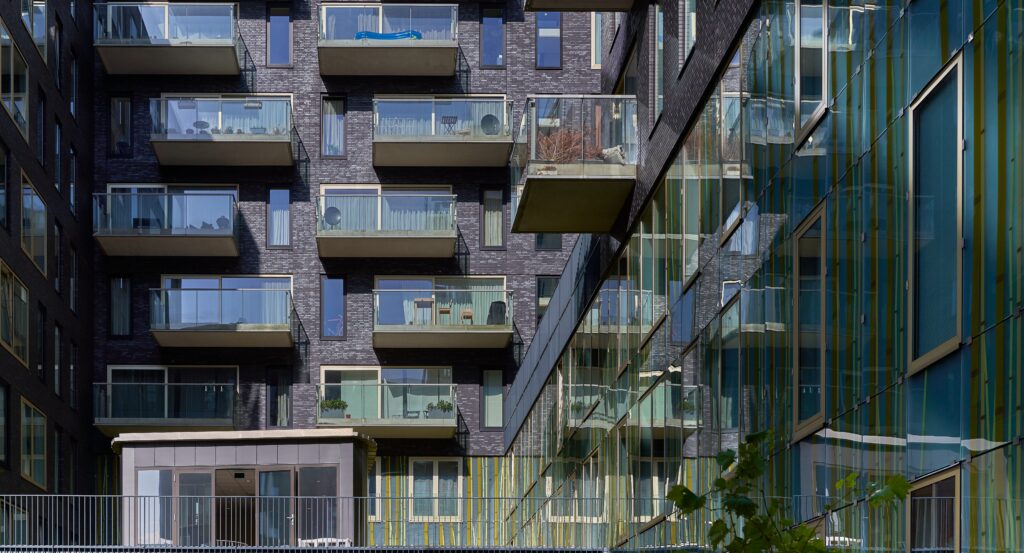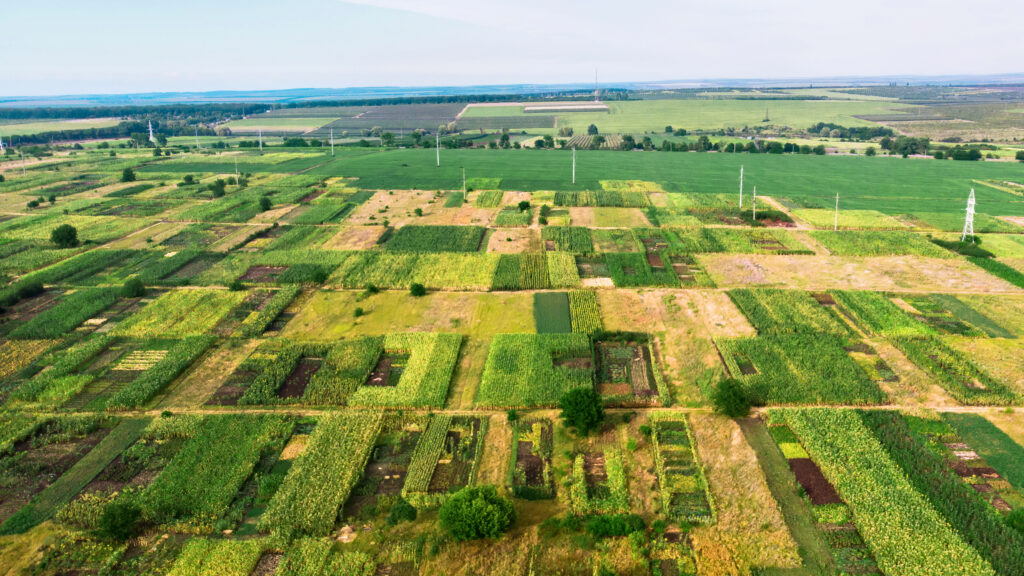Designing a Residential Area
Designing a Residential Area: Creating Communities for Modern Living A well-designed residential area isn’t just about housing; it’s about crafting a neighborhood where people feel connected, safe, and inspired. With urban populations on the rise and evolving expectations for amenities, residential area planning requires a holistic approach that balances comfort, sustainability, and convenience. Here’s a look at what goes into developing a thriving residential area. 1. Location and Accessibility Location plays a crucial role in the success of any residential area. Ideal locations provide: 2. Community-Oriented Planning Creating a sense of community is essential for a successful residential area. To promote community: 3. Diverse Housing Options A successful residential area caters to a diverse range of people by offering varied housing options: 4. Green and Sustainable Practices Environmental responsibility is increasingly a priority for modern residential areas. Key sustainable practices include: 5. Amenities for Convenience and Comfort Amenities enhance the livability of a residential area and can make day-to-day life easier for residents: 6. Safety and Security Features Safety is a top priority for residential areas, ensuring residents feel secure in their homes and communities. Effective measures include: 7. Infrastructure and Utilities Reliable infrastructure and utility services are fundamental to any residential area’s success: 8. Smart Technology Integration Smart technology enhances convenience, security, and sustainability in a residential area: 9. Community Building and Resident Engagement Building a true community means going beyond physical structures to create spaces where people want to connect. This can include: 10. Long-Term Maintenance and Upkeep Sustaining the quality of the residential area over time is vital to keep it attractive and livable: Conclusion Building a residential area is about more than constructing homes; it’s about creating a vibrant community where residents feel a sense of belonging. By prioritizing comfort, safety, sustainability, and opportunities for connection, developers can create residential areas that meet the needs of modern life while fostering a sense of pride among residents. A well-planned residential area becomes more than just a neighborhood—it becomes a place people are proud to call home.



